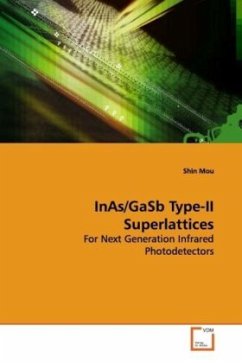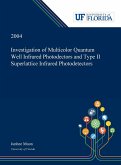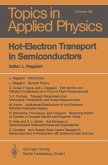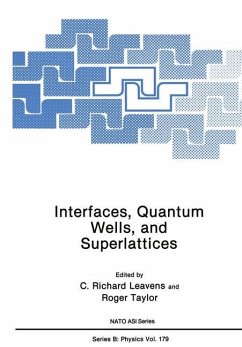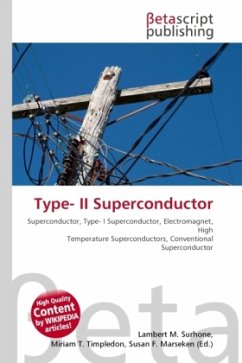There is currently considerable interest in InAs/GaSb
type-II superlattices because of their tunable band
gap in the range of 3 30 m and the potential for the
next generation mid-infrared photodetector focal
plane arrays. In order to understand the underlying
physics of this emerging technology, this book
provides both theoretical and experimental studies on
this subject. An eight-band k p method is introduced
to model the band structures and absorption
coefficient of this material. Quantum efficiency, an
important figure of merit for infrared
photodetectors, is also analyzed by an analytical
model based on absorption coefficient and transport
parameters. Understanding the dark current mechanisms
of InAs/GaSb superlattice photodiodes is another
important task where the surface leakage current is
detrimental. We provide a comprehensive model to
explain the experimentally measured current-voltage
curves to help readers understand the underlying
dark current mechanisms. Besides conventional
photodiodes, we show examples of more sophisticated
designs with the help of quantum engineering based on
the eight-band k p method to explore novel device
structures.
type-II superlattices because of their tunable band
gap in the range of 3 30 m and the potential for the
next generation mid-infrared photodetector focal
plane arrays. In order to understand the underlying
physics of this emerging technology, this book
provides both theoretical and experimental studies on
this subject. An eight-band k p method is introduced
to model the band structures and absorption
coefficient of this material. Quantum efficiency, an
important figure of merit for infrared
photodetectors, is also analyzed by an analytical
model based on absorption coefficient and transport
parameters. Understanding the dark current mechanisms
of InAs/GaSb superlattice photodiodes is another
important task where the surface leakage current is
detrimental. We provide a comprehensive model to
explain the experimentally measured current-voltage
curves to help readers understand the underlying
dark current mechanisms. Besides conventional
photodiodes, we show examples of more sophisticated
designs with the help of quantum engineering based on
the eight-band k p method to explore novel device
structures.

